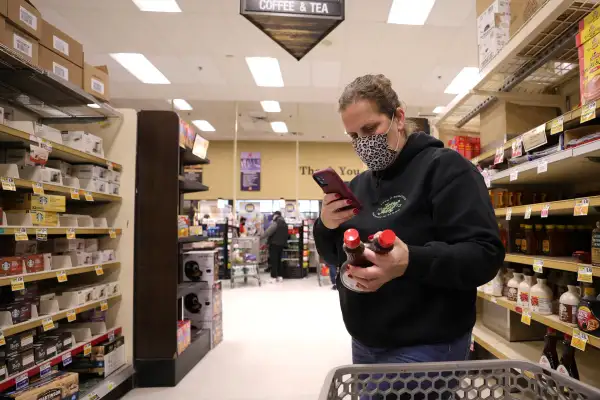96% of Top Economists Expect the U.S. to Have High Inflation for the Rest of 2022

What do Bank of America, Nestle and Spotify have in common? Their chief economists are in near-unanimous agreement that inflation will continue to plague the U.S. economy throughout 2022.
Some 96% of global economists said they expect the U.S. to face “high” or “very high” levels of inflation for the rest of the year, according to a World Economic Forum (WEF) report released this week. Inflation refers to when prices for consumers increase, thus driving down the purchasing power of their money.
The results are based on an April poll of 24 chief economists at Microsoft, Google, Uber, Mastercard and LinkedIn as well as the companies mentioned above and several international firms, including Barclays, Deutsche Bank and the Hong Kong Exchange.
When the economists were asked to plot their inflationary outlook on a scale from “very low” to “very high," 38% chose “very high,” while 58% said “high.” Only 4% — representing one economist — reported thinking the inflation rate will be “moderate” the rest of the year. Nobody selected “low” or “very low.”
Of all regions, including Europe, China, Latin America, the Middle East and North Africa, the economists had the grimmest inflationary outlook for the U.S.
These findings mark a distinct about-face compared to the WEF's previous report, released in November 2021. At that point — notably, before Russia invaded Ukraine — economists felt fairly confident U.S. inflation was temporary and that regulators would be able to keep it under control.
Since then, the Federal Reserve, the nation's central bank, has indeed taken action to fight inflation by raising interest rates. So far, though, results have been muted. Inflation soared above 8% in March and April. Meanwhile, Americans have begun to believe that inflation has become No. 1 problem in the U.S., according to the Pew Research Center.
The WEF released the report as economists and policy wonks flocked to the organization's annual meeting in Davos, Switzerland, this week. At the summit, discussion has been dominated by the continued supply shocks due to the rippling effects of the war in Europe and new COVID-19 outbreaks, which are spurring lockdowns in China.
"We are at the cusp of a vicious cycle that could impact societies for years," Saadia Zahidi, a managing director of WEF and a co-author of the report, said in a news release. "The pandemic and war in Ukraine have fragmented the global economy and created far-reaching consequences that risk wiping out the gains of the last 30 years."
For Americans, these issues may seem far away, but they are having major consequences on the prices of just about everything — especially food and oil. According to the latest numbers from the Labor Department, grocery prices jumped nearly 11% between last spring and this one. During that same period of time, oil and gasoline prices climbed more than 80% and 43%, respectively.
Gasoline prices cooled off briefly in April, but they surged with vengeance in May. As of Wednesday, the average price per gallon of unleaded, regular gasoline was the highest it’s ever been, costing $4.59, according to automotive club AAA.
More from Money:
How to Save Money During a Summer When Everything Is Super Expensive
